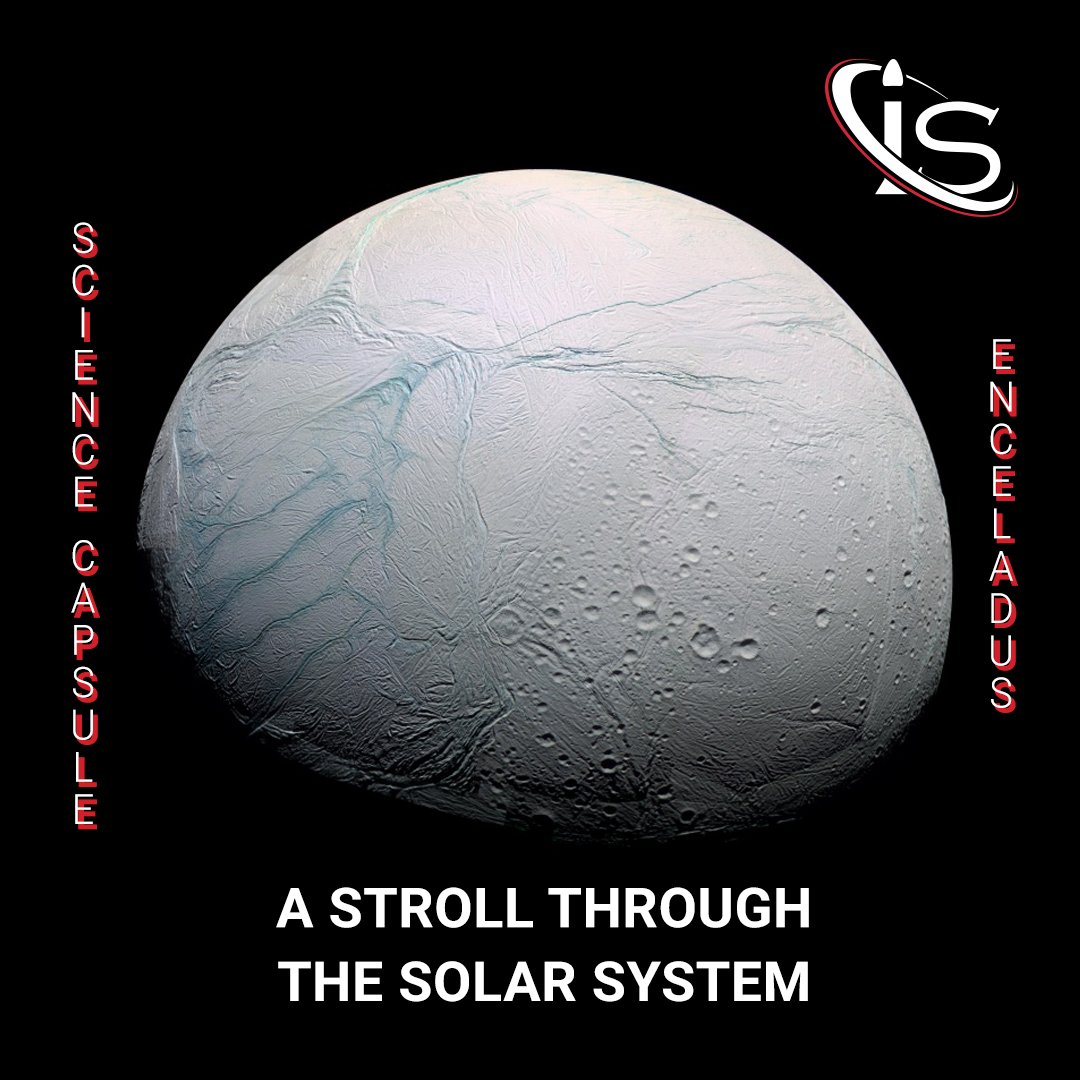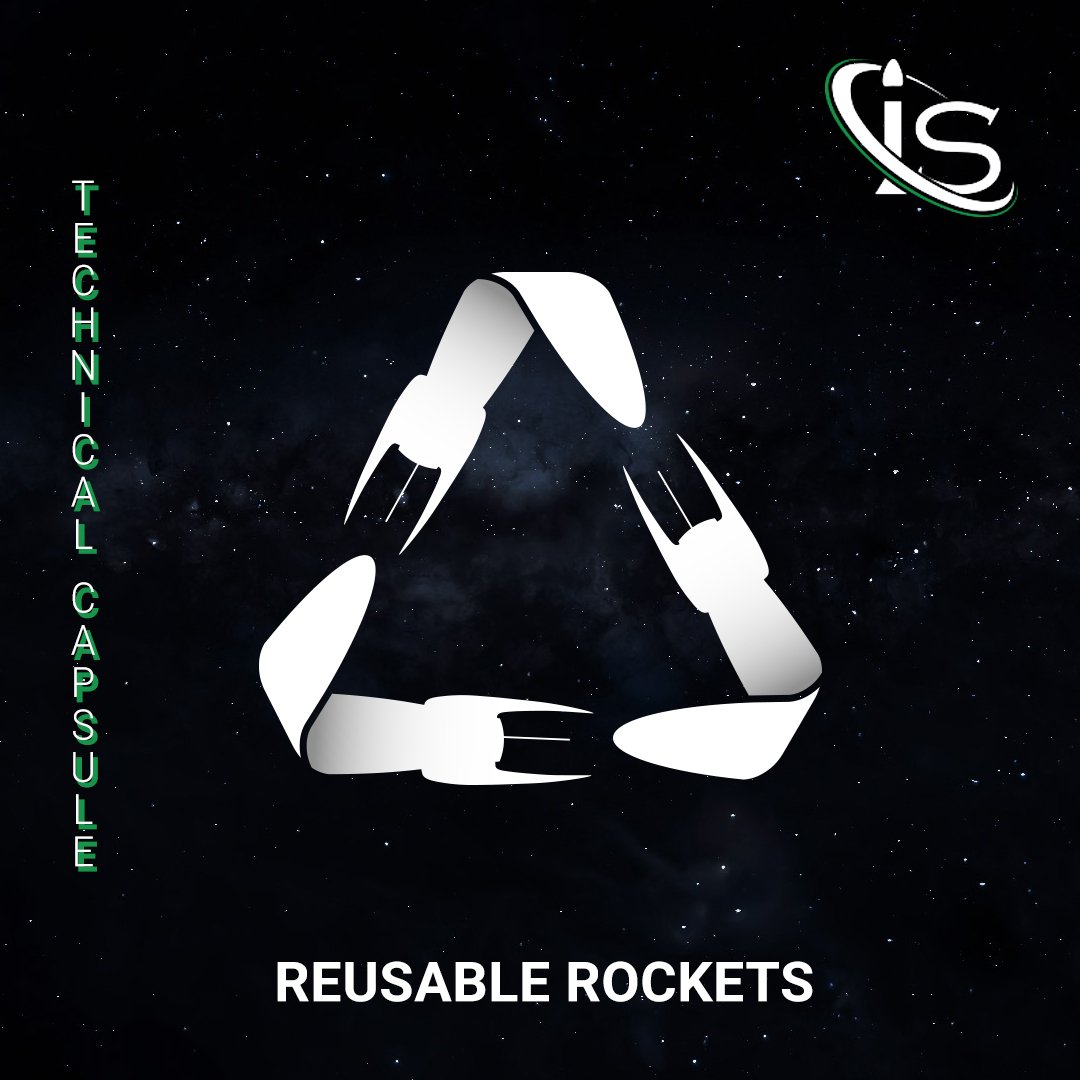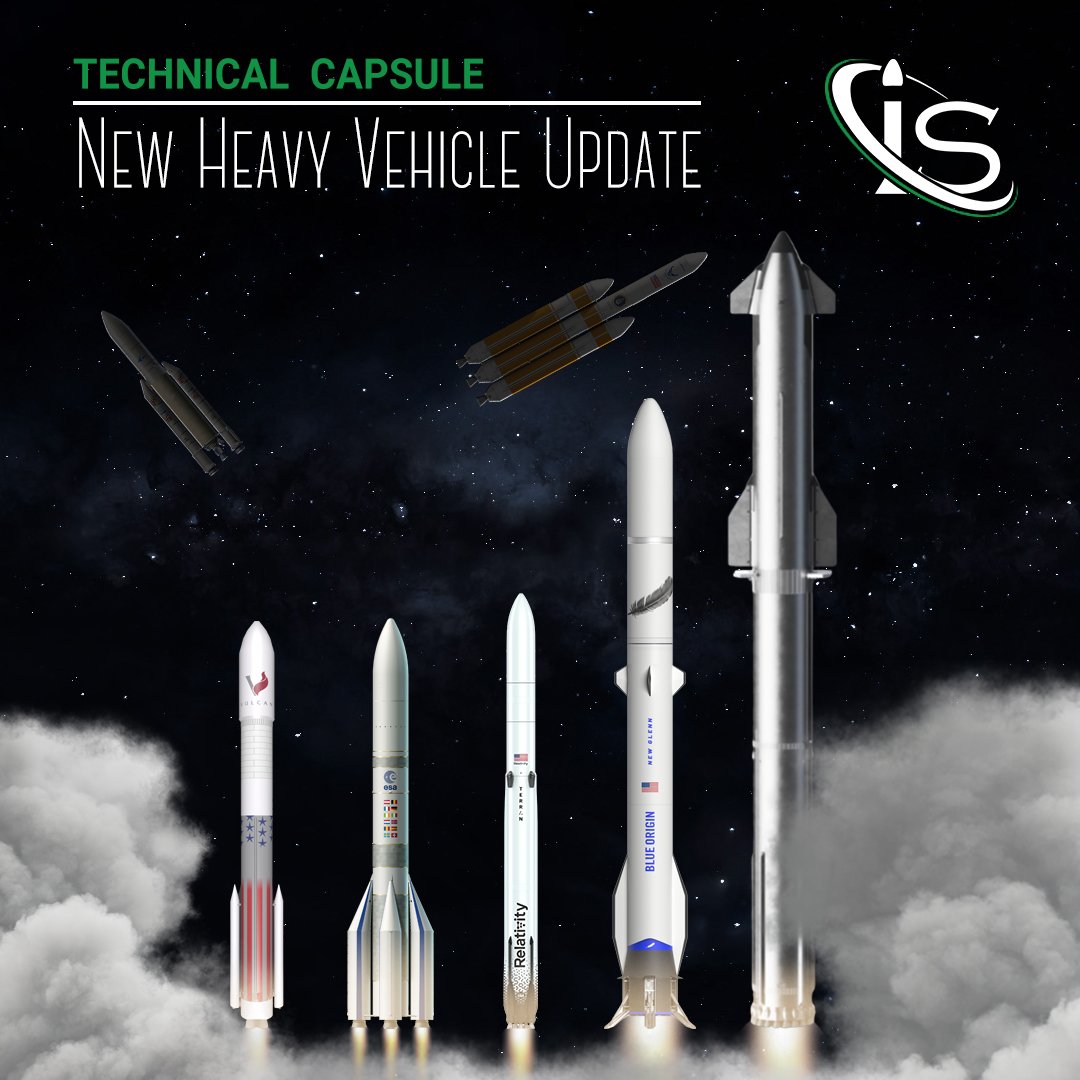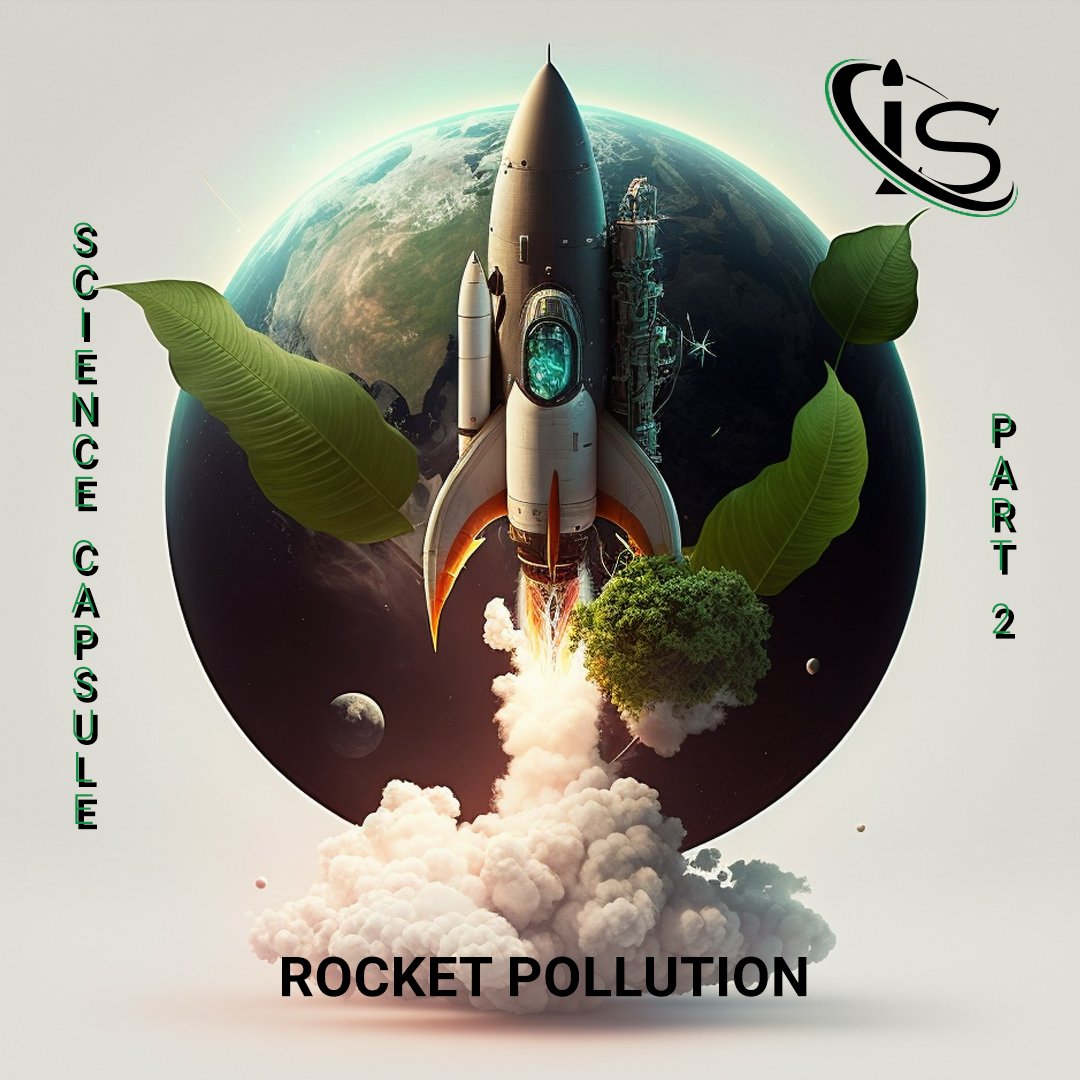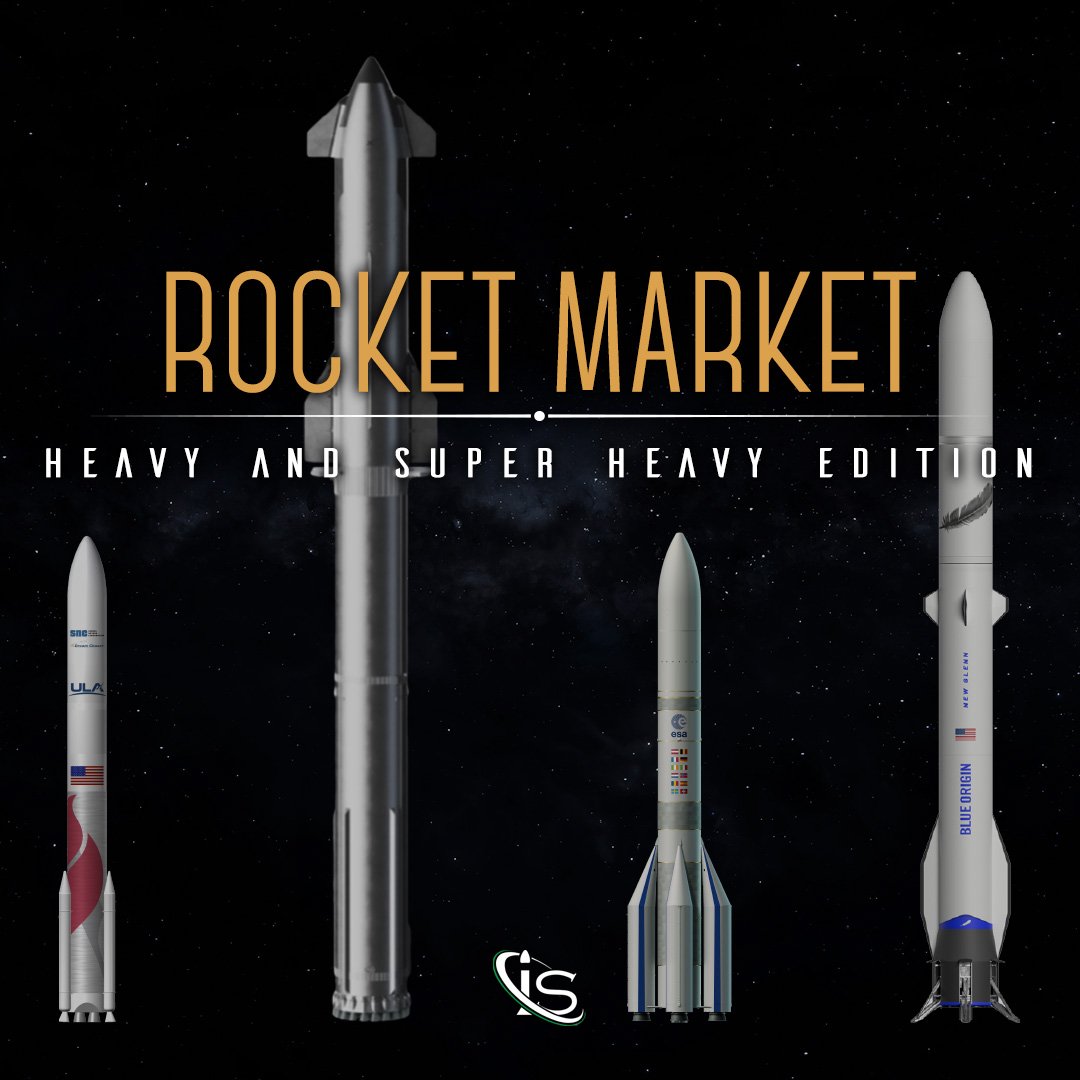The rocket’s reusability is one of the most important features under development. Just think of three examples:
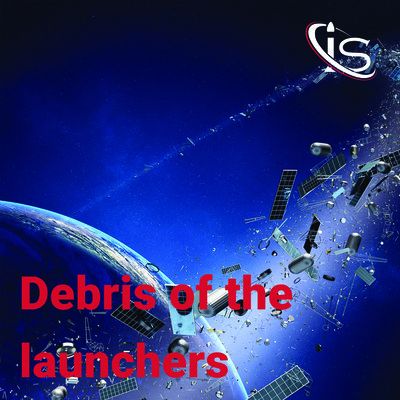
- Blue Origin, testing the fully reusable New Glenn.
- RocketLab, currently trying to retrieve Electron’s first stage.
- SpaceX, providing more and more reusable rockets, which we discussed in the post Falcon 9 vs Vega vs PSLV
However, taking aside the reusable parts, where does rocket debris go?
The launcher operators carefully calculate the spacecraft reentry trajectories to reduce as much as possible the risk of hitting someone or something. Every-time they launch a rocket they need to notify authorities of the location on the timing and dimensions of the debris fall-out zones. The authorities, then, produce a message to air and sea traffic.
The bigger problem is constituted by the so-called “uncontrolled reentry” into the atmosphere; that is, metal chunks reentering with an uncontrollable de-orbit trajectory. These pieces augment the risk of crash in inhabited zones, which is why they represent the greatest danger for us. Examples of this are the Russian Angara A5 launched in December and the Chinese Long March 5B launched last May.
The Earth’s atmosphere, however, helps in doing a lot of the cleaning up for the re-entering spacecrafts. The upper atmosphere, in fact, burns and breaks them into smaller pieces thanks to its friction and its pressure.
Nemo Point: Rocket Debris Cemetery
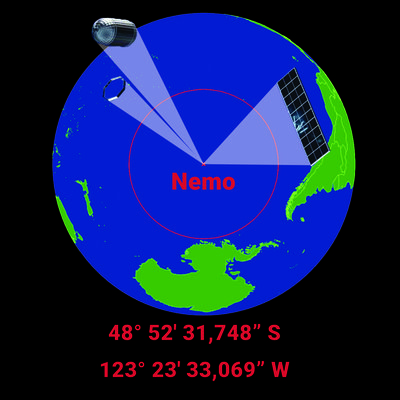
The Nemo Point, also known as Pole of inaccessibility, is the most challeging point to reach in the World. For this reason, the name comes from the latin word meaning “nobody,” also chosen for the character in Jules Verne’s novel “Twenty Thousand Leagues Under The Sea”. This is the furthermost point from the coastline, located at 48°52.6′S 123°23.6′W in the South Pacific Ocean between New Zealand and South America and lying at 2700 km from the nearest land surface.
Fun fact: if you were in the Nemo Point and the ISS passed above your head, the nearest humans would be the astronauts!
The Nemo point, thanks to its inaccessibility, was chosen as the world’s space graveyard. USA, Japan, Russia and Europe have used it to dump debris. In particular, since 1970, more than 260 fragmented rocket debris have landed in the Nemo Point. Both Russia’s Mir space station and NASA’s first Skylab space station sunk here. The ISS will rejoin this debris at the end of 2030, the scheduled year for its retirement.
Typically the material of the space objects landing in the ocean is stainless steel, titanium, aluminum, and other non-toxic materials.
